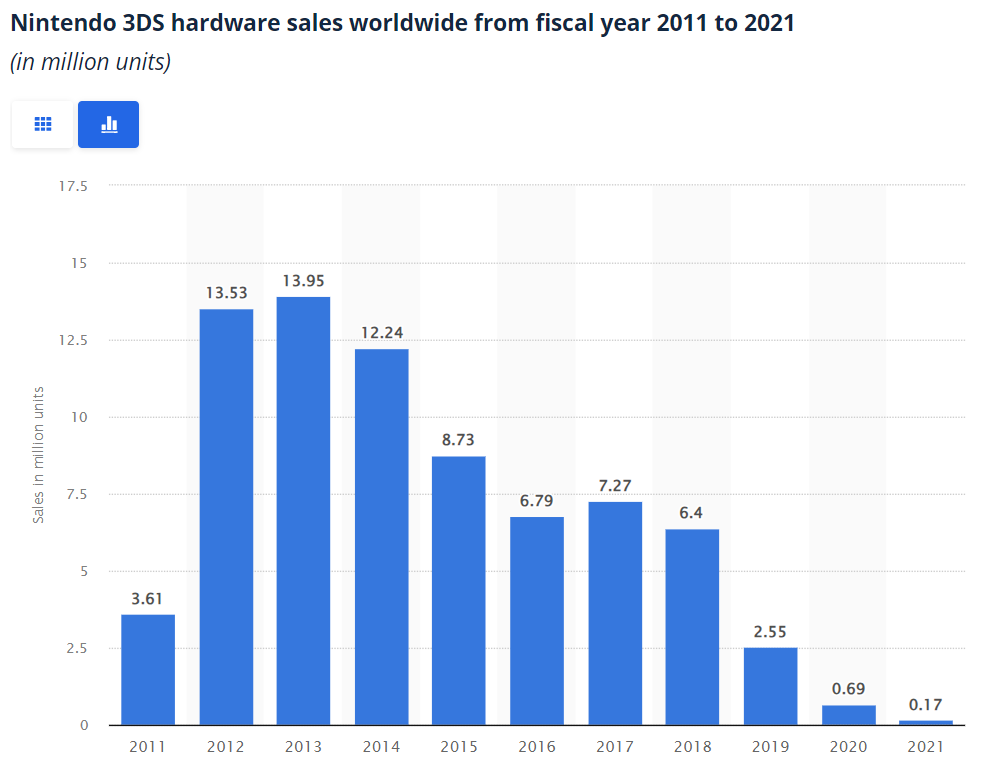4 Ways Stockouts Affect Your Profits
4 Ways Stockouts Affect Your Profits
In 2020, panic-spending at the beginning of COVID lockdowns fueled toilet paper stockouts.
A year later, supply chain disruptions and geopolitical tensions led to semiconductor chip stockouts, which cascaded into stockouts for many industries, including automotive, telecommunication, and consumer electronics.
Today, production delays and changes in consumer behavior are leading to vehicle inventory stockouts across the country.
Stockouts affect your profits in innumerable ways. This guide focuses on the four most significant: lost sales, damaged reputation, increased costs, and decreased market share. Serving as your comprehensive roadmap, we start by defining stockouts and related concepts and conclude with solving stockouts through improved inventory management and business intelligence. This way, you can take advantage of the best software tools to avoid a costly stockout.
Key Takeaways:
- Stockouts are unintended inventory shortages that can negatively affect your profits.
- Stockouts don’t just decrease your revenue, but they can also increase your expenses.
- Hypersonix’s ProfitGPT is helping businesses manage their inventory levels to avoid expensive stockouts and overstocks.
What Is a Stockout?
A stockout occurs when a business unintentionally runs out of stock of a product.
For example, the PlayStation 5’s launch in 2020 saw high demand causing them to run out of stock nearly immediately. This resulted in lost sales and a damaged reputation for Sony.
Artificial Scarcity vs. Stockouts
Unlike stockouts, which are unintentional, some companies (like Nike or Hermès) deliberately limit the stock of certain items (like Air Jordans or Birkin bags) to create artificial scarcity.
This strategy has its own advantages and disadvantages but differs from unintentional stockouts. While artificial scarcity is a strategic decision, a stockout is an unintended shortage.

The Cost of Overstocks
You’ve most likely heard the term “overstock” in connection with clearance sales and liquidations. That is because an overstock ramps up supply far higher than demand, often leaving the business to foot the bill.
Overstocks are expensive for companies because they pay the cost to produce and warehouse those products, increasing their time-to-value and decreasing their liquidity.
Overstocks are the opposite of stockouts, and they can be equally dangerous. Overstocks tie up your resources in material, labor, and storage costs, decreasing your cash flow.
Stock Transfers
In the digital age, businesses operate from multiple locations – distribution centers, brick-and-mortar retail locations, and warehouses, etc. So, it’s not enough to simply have a product in stock if it’s in stock at the wrong location.
Stock transfers are crucial for inventory management because failing to transfer stock can lead to artificial stockouts that you could avoid with inventory intelligence.

How Stockouts Affect Your Profits
While stockouts negatively affect your profits in more than just four ways, these four effects show the impact of stockouts (and overstocks) on your bottom line.
1. Lost Sales
The first and most visible result of a stockout is lost sales. If potential customers have no product to buy, it directly impacts your revenue.
While a deliberate shortage can create a sense of exclusivity around your product (an effective marketing strategy for some retailers), for most businesses, stockouts hurt the bottom line by leading to missed sales.
To combat this loss of business, companies use inventory management software. This tool uses business intelligence to predict trends in consumer spending patterns and suggest adjusted inventory levels that reflect those trends.
Inventory and business intelligence allows retailers to remain agile while minimizing the negative effects of lost business.
2. Reputation Damage
Stockouts can happen for any number of reasons: loss of material access, part shortages, or supply chain issues. While some are within your control, others are less predictable and reflect less on your company’s competency or reliability.
Nevertheless, stockouts can tarnish your business reputation—even if the circumstances are beyond your control.
You should weigh the long-term reputational damage along with the immediate financial impact of a stockout. Whether or not a stockout is within your company’s control, your customers experience the same disruption and frustration.
The financial toll of a damaged reputation often takes the form of lost future sales. While you may not feel the impact immediately, it can affect your business for years to come.
3. Increased Operational Costs vs. Holding Costs
Stockouts can harm your revenue not just by causing lost sales and damaging your reputation but also by increasing your expenses—a combination no retailer wants to experience.
Operational Costs
Businesses that experience stockouts frequently have to deal with additional expenses like expedited shipping and increased cost of goods sold.
Since lost sales mean less profit, businesses have a strong incentive to fix stockouts as quickly as possible. In the process, that sometimes means finding new suppliers, buying new equipment, or leasing new warehouses, each of which can eat into your bottom line.
Holding Costs
Just as low inventory levels can increase operational costs, high inventory levels increase holding costs.
Overstocking leads to higher warehousing and transfer costs. So, while businesses have the incentive to maintain their stock, they also have the incentive to limit it.
Walking the tightrope between stockouts and overstocks is a challenge for companies of all sizes. That’s why most retailers use inventory intelligence and profit optimization tools to forecast their optimal inventory levels.
Inventory management software helps retailers avoid the increased operational costs of stockouts and the increased holding costs of overstocks.
4. Decreased Margin and Market Share
Consumers typically buy products to meet a perceived need. If your product is not available because of a stockout, those customers may seek alternatives to meet that need.
Decreased Margin
In a best-case scenario, customers who can’t buy your product will simply buy another one of your products. For example, when Nintendo released the Switch in 2017, stockouts of this popular handheld gaming device reportedly led to an increase in sales of their 3DS, an older alternative.
While this might seem like a positive outcome, it represents a missed opportunity to sell the newer, higher-margin Nintendo Switch.

Decreased Market Share
While some loyal consumers may consider buying another one of your products during a stockout, this is the best-case scenario.
In a competitive industry, a stockout will more likely drive your customers to buy from one of your competitors.
In the short term, this hurts your sales. In the long term, it can decrease your overall market share, limiting your earning potential. A decrease in market share can affect your profits for decades, making it crucial to avoid stockouts.
Inventory Management with Hypersonix
Too little stock can result in stockouts that affect your profit and reputation for years to come, while too much stock can result in increased holding costs and decreased liquidity.
How do you know how much inventory is “just right”?
Hypersonix’s ProfitGPT inventory management tools(Inventory AI) can help businesses put their data to good use. This profit optimization software leverages generative AI and inventory intelligence to make forecasts and provide actionable insights about inventory levels and pricing strategies.
Request a demo today to see how Hypersonix can help your business avoid expensive stockouts and overstocks.





